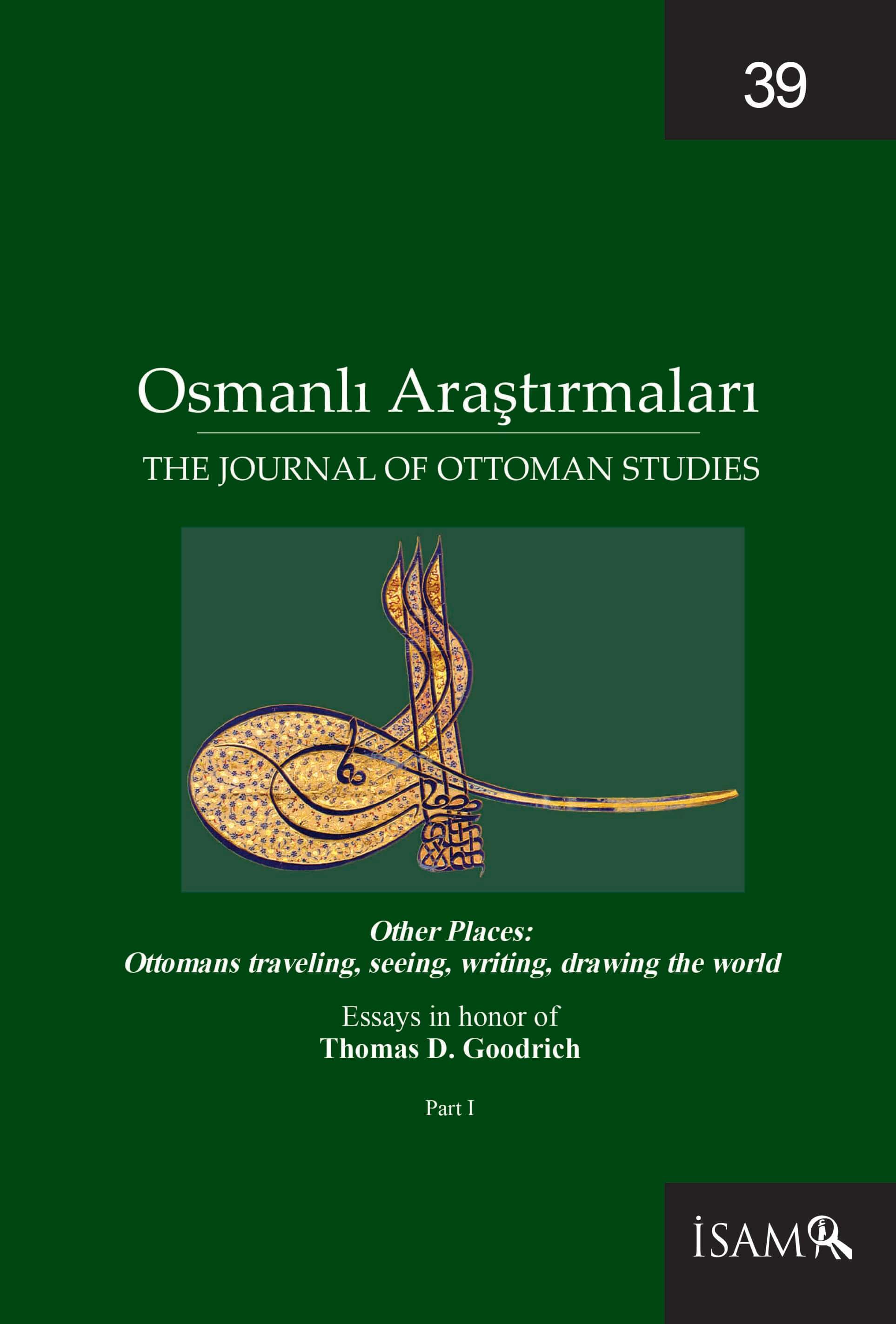Zodiac on Earth: The Ecliptic on two sixteenth-century Ottoman World Maps
Keywords:
Walters Sea atlas, Ali Macar Re’is atlas, Ecliptic, Zodiac, oval projections, cosmographical diagrams, Battista AgneseAbstract
Two Ottoman world maps contained in the Ali Macar Re’is atlas and the Walters Sea atlas share the unique characteristic of showing the Ecliptic line (the Zodiac) as two straight segments. Both maps were drawn in the sixteenth century in a so-called “oval” cartographic projection that was quite popular at the time. The Zodiac must have been important to the authors of the atlases because it was given a prominent graphical treatment in both maps and was one of the last elements to be drawn. However, a geometric survey has found that the shape of the Ecliptic on both maps is inaccurate, particularly in the Walters Sea atlas, whereas several coetaneous terrestrial and celestial planispheres from Western Europe displayed the same astronomical line in a geometrically correct way. This difference suggests that the Ottoman authors’ intentions had to do more with symbolism or aesthetics than with geometric accuracy. Given that drawing the Zodiac on a world map is of little practical application, the authors may just have wanted to simultaneously represent the Heavens and the Earth. This likens the two Ottoman world maps to cosmographical diagrams, on which the Zodiac often appears. In addition, the coincidence of the same erroneous shape of the Ecliptic on two different maps hints that their authors shared a common source of inspira- tion. The existence of an Arabic cosmographical diagram that depicts the Zodiac as a set of four straight segments reinforces the possibility of a common prototype diagram.




